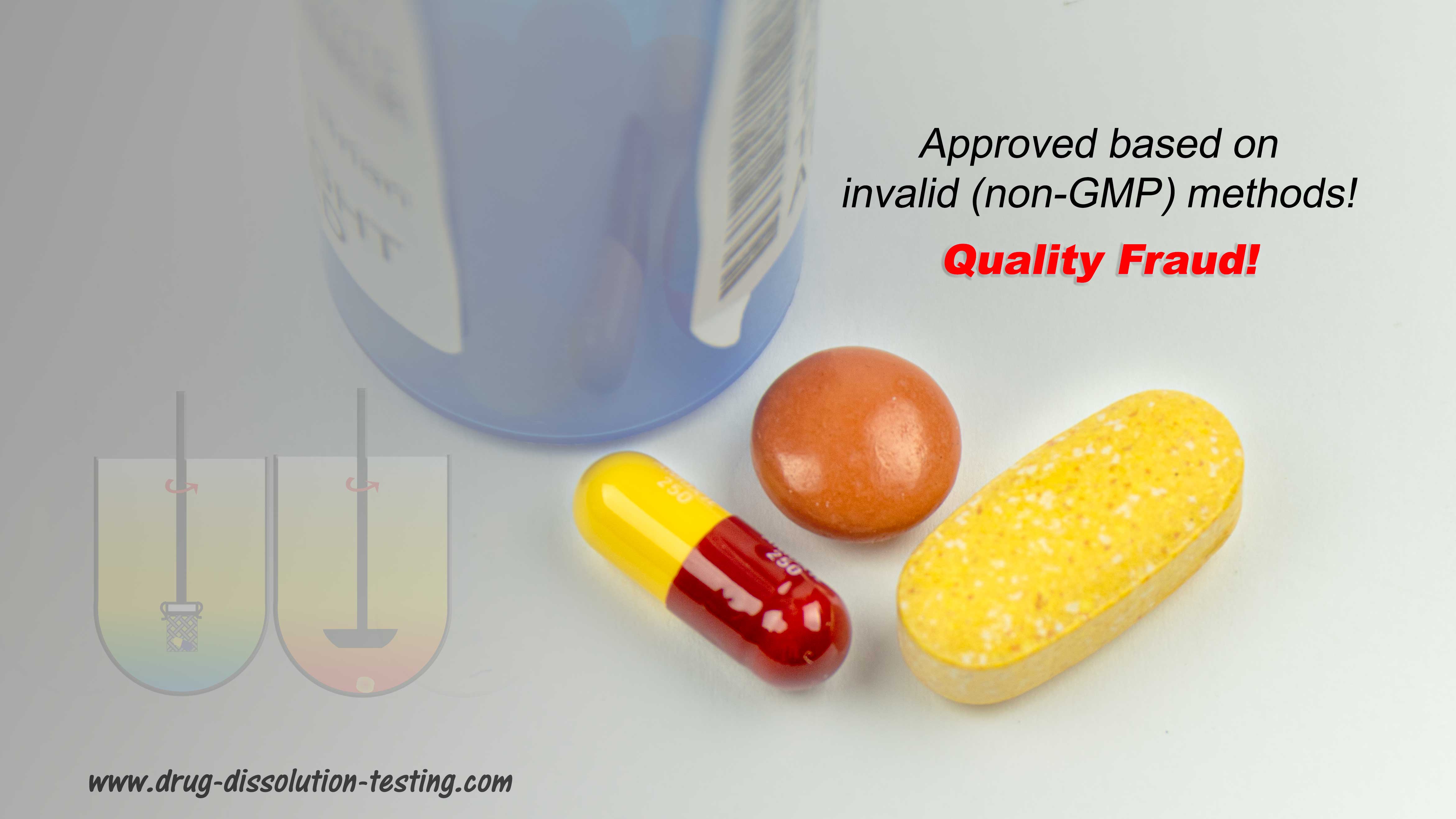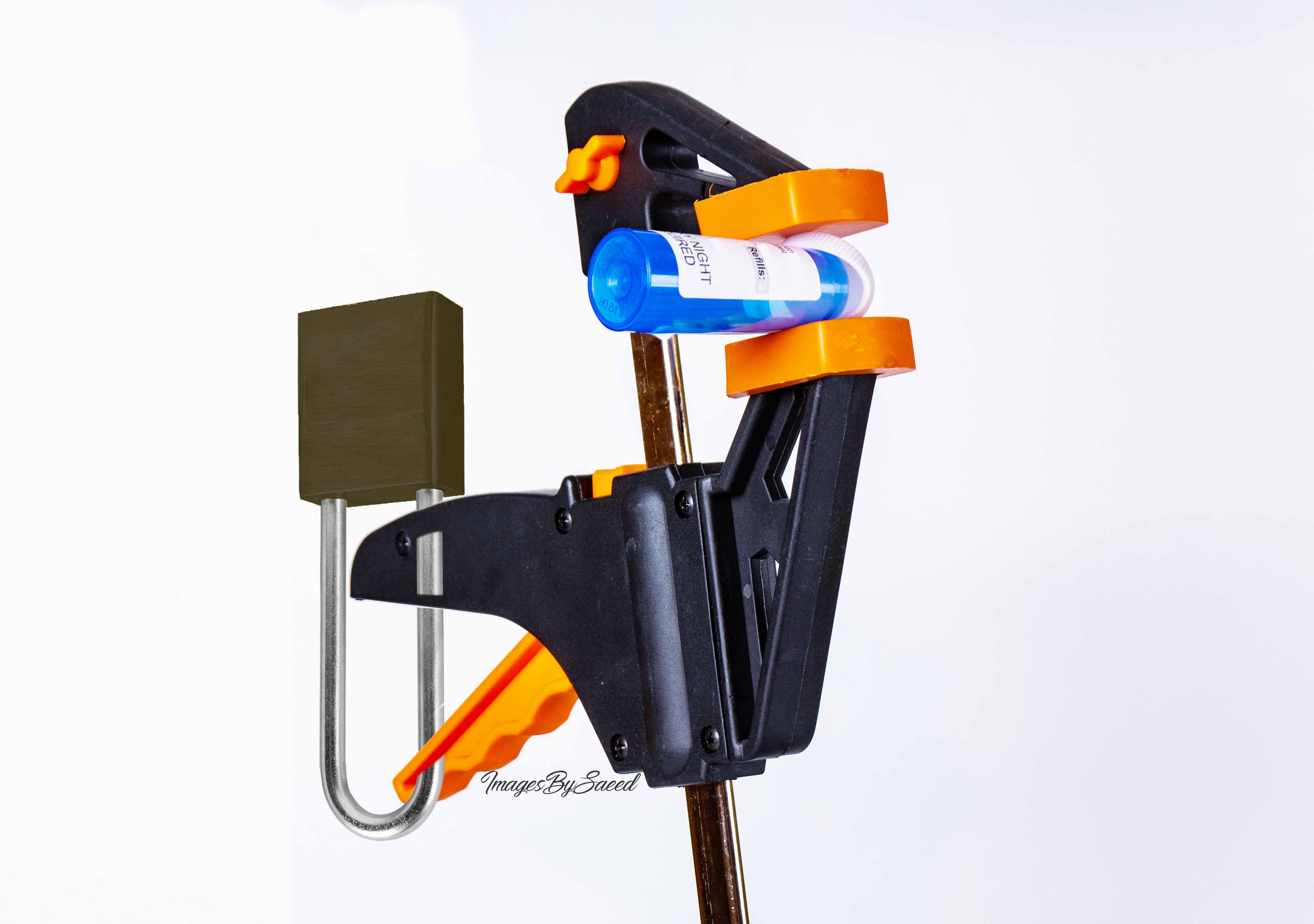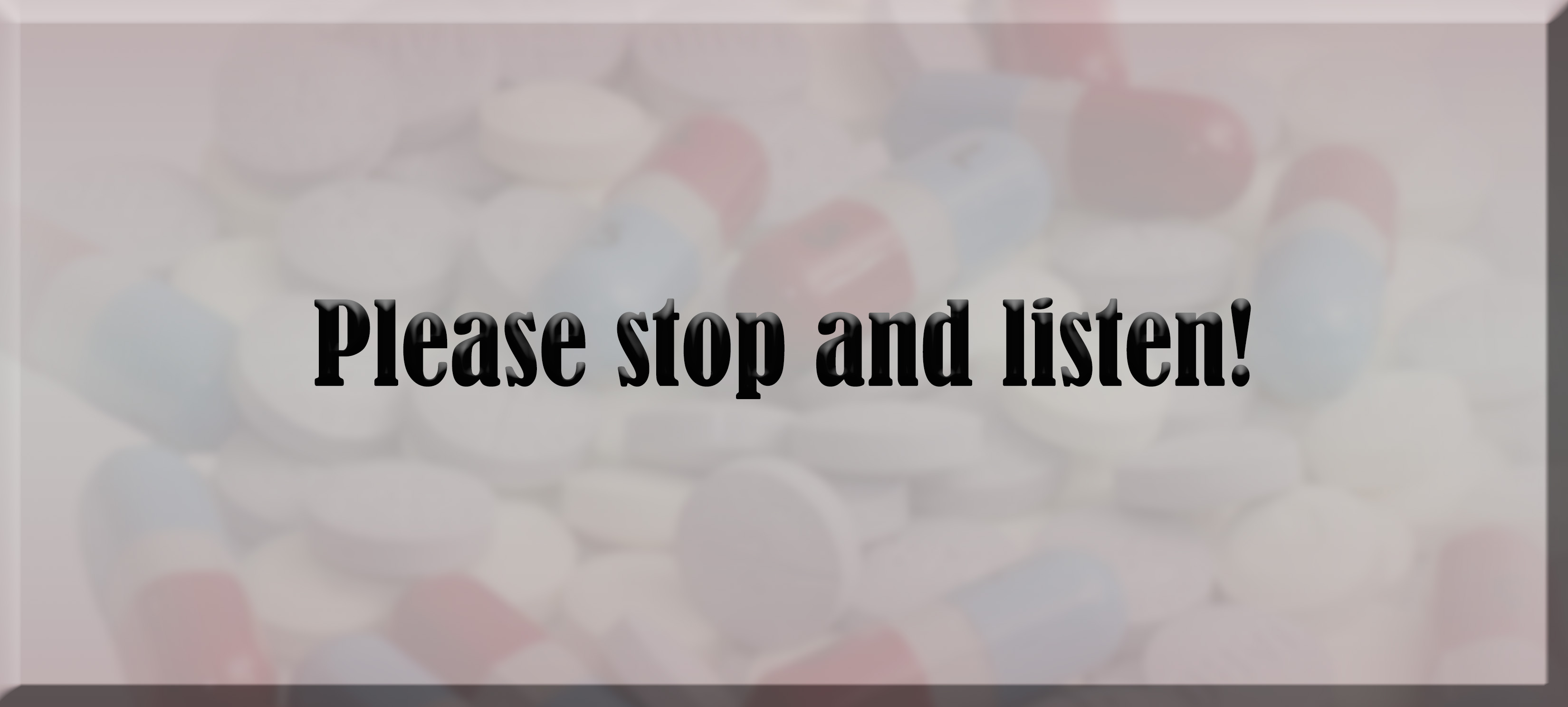It has become a common practice that people get offended by my postings and comments, e.g., on LinkedIn Forums. This leads to receiving offensive responses on the Forums, blocking me from some discussions. On the other hand, I hardly ever receive any such comments or reactions privately but support and admiration of my contributions described in peer-reviewed journal publications, presentations, seminars, direct advice, and consultations, as well as on my blog postings.
I believe my postings are not offensive, nor am I a crackhead with subnormal intelligence to get such impolite responses. However, it is because my postings do not fit with the current practices, challenges, and strongly held dogma (in the name of science). I consider this is normal whenever the status quo is questioned, which my posts are about.
My main concern and view is that the assessment of the quality of products and the claims made, including by regulatory authorities and pharmacopeias, are scientifically untruthful and invalid. Without going deeper into technical details (which are described in my publications and/or on the blog), it can be stated that as the quality of the products has never been defined in measurable terms, it cannot be established and claimed. So, all the claims made in this respect are scientifically false and invalid.
People, in particular from the compliance side, believe that if analysts, facilities, operations, management and/or specifications comply with the guidance and/or SOPs, then products obtained from such facilities would be of quality. However, this is where the problem is, i.e., compliance DOES NOT make the products of quality.
For a product to be of quality, it must be shown that it is fit for the intended purpose, which is currently missing. Hence, the quality cannot be established and monitored. No matter how many facility inspections are done (with or without “observations/483s”), from quality product manufacturing aspects, the practice is a waste of time and resources, i.e., one cannot establish the actual quality of the products.
Compliance people who are accustomed to following compliance specifications believe that everything is fine if one meets the specifications. However, they do not realize that the specifications or SOPs they monitor so religiously are, in fact, baseless and, in most cases, foolish. They get offended and feel insulted when this flaw is pointed out to them. The reason is that they have been trained (“brain-washed”) to listen and believe in self-promotion and rightfulness. Anything else has to be considered illogical and must be rejected. Instead of listening to the concern carefully, understanding the problem, or studying the underlying scientific issues, they blame and start “shooting the messenger.” They are not hurting me but themselves by exposing their ignorance and incompetency of the subject.
The question is why non-science-based and irrelevant specifications and SOPs are there to start with, and which inspectors are bound to follow? Again, the lack of science-based expertise at the agencies’ level! It goes back to the same deficiency argument that if one does not know a quality product, then how they have been developing specifications, SOPs, guidance, and advisory practices. What is so difficult to understand about this lack of thinking or competency here? This violates the fundamental principle of science, i.e., providing answers or solutions without clearly defining or describing the objective (“quality”) and its measurable parameter.
However, without defining the quality of the products, agencies keep introducing specifications after specifications, SOPs after SOPs, guidance after guidance, and observations after observations, with claims that these are based on up-to-date/currently available scientific thinking and knowledge (the result of self-promotion).
The fact remains that all the current guidance document, advice, etc., at present, at least for tablet/capsule products, has no link to the quality assessment of the products – because it is undefined. Therefore, all the suggested guidances, SOP, and specifications, and their implementations, at the drug application reviewing and facilities inspection stages are scientifically irrelevant and useless.
In addition, the practice opens the door for new specifications and irrelevant requirements because nothing is required or needed to show relevance. Everything becomes good, necessary, and admirable. The more convoluted and complex it is, the better it will be. No questioning and challenging is allowed but wholehearted acceptance and following.
Any unusual thought has to be rejected as crazy and jargon. This lack of product quality definition and development of an arbitrary guidance-based system has wrecked the whole system. So much so that non-validated / non-qualified testers are forced to be used. A cardinal sin if the industry would follow such a practice). If the industry or any other organization had conducted such a practice, it would have been banned from doing business, leading to bankruptcy and persecution of its keep players. Theranos is one current example of going through this process.
On the other hand, the same regulatory authorities, which punish others for such a crime, actively encourage the industry to sell non-validated testers and methods and seek advice and suggestions for developing guidance documents for the industry to follow.
I hope people will understand my view and reason for my writings, i.e., bringing science for the product evaluation. A critical first step in this regard will be defining the quality of the products with measurable parameters and THEN setting the corresponding specifications for compliance.
n the end, I request that you please do not make claims that you (or anyone else) are monitoring or helping in monitoring the quality of the pharmaceutical products – you are not! Such a view is often promoted by the “consultants/experts,” which not only give legitimacy to irrelevant and non-scientific practices but also deter authorities from understanding the issue and addressing the deficiencies.
This causes me to write and respond at every opportunity to keep highlighting the problems. So I hope people will see my point from this perspective.
Please consider reading the following blogs for further details:
(1) Regulatory/pharmacopeial assessments of quality of the pharmaceutical products – in the grip of falsehood and fraud! (Link)
(2) Please God protect us from the ignorants – the regulatory/pharmacopeial authorities! (Link)
(3) Comparing Quality Standards – Pharmaceutical vs Consumer Products (Link)
(4) Quality of pharmaceutical products – a quiz! (Link)
(5) And more @ https://bioanalyticx.com/.




